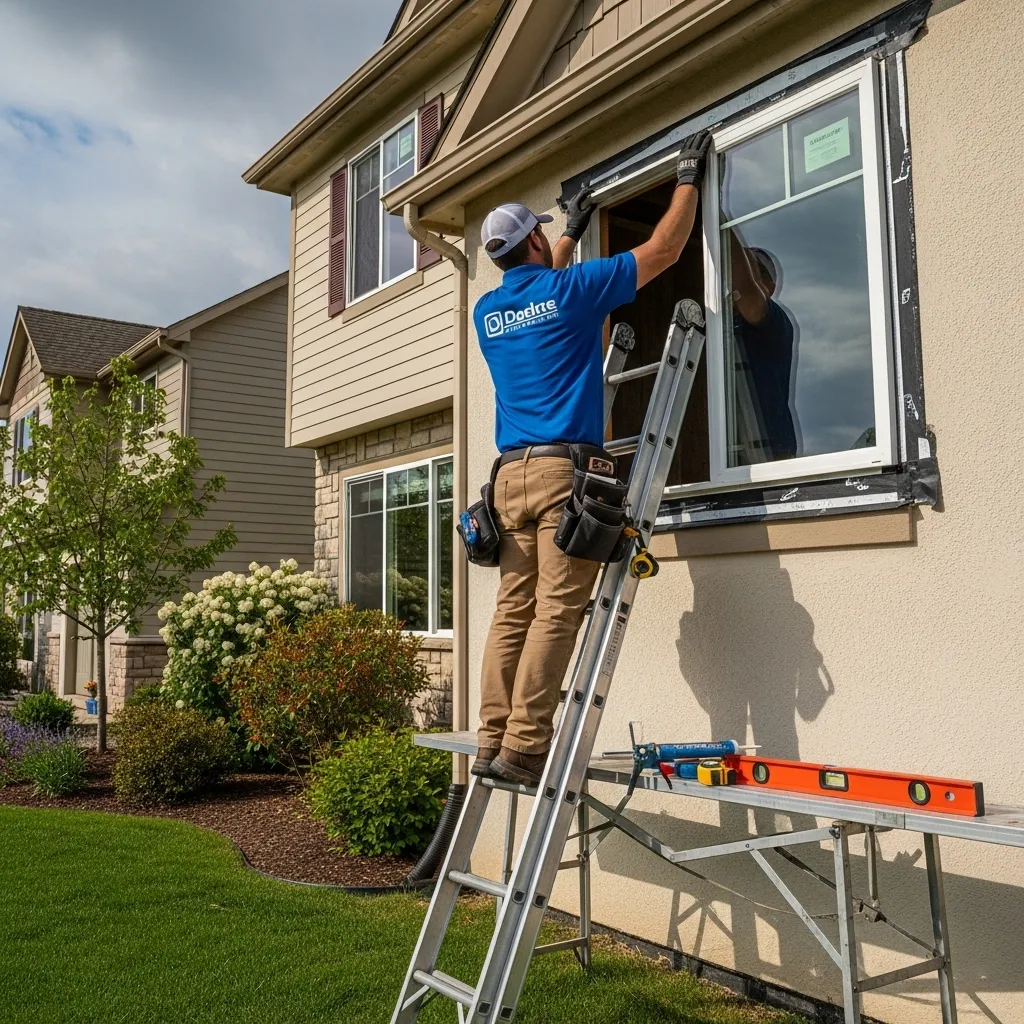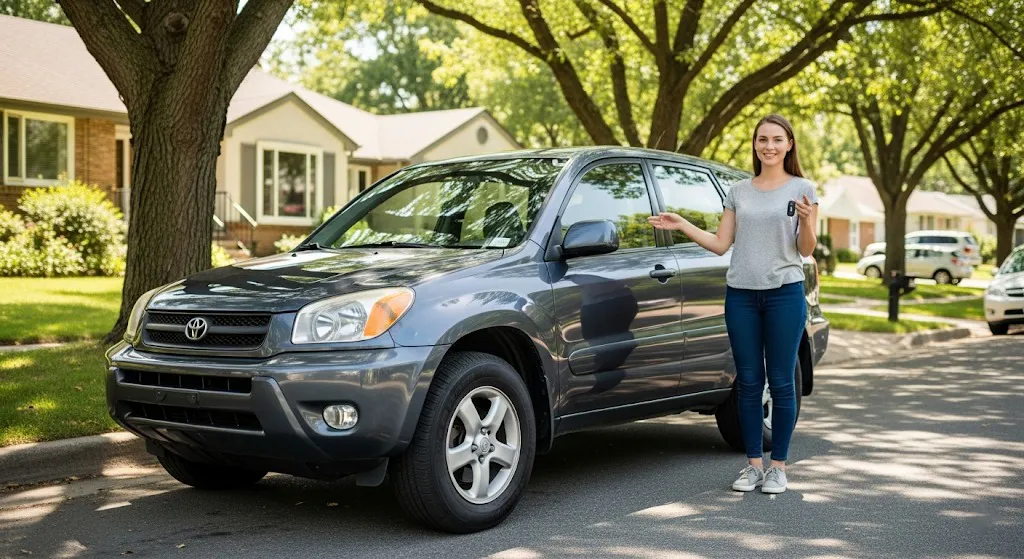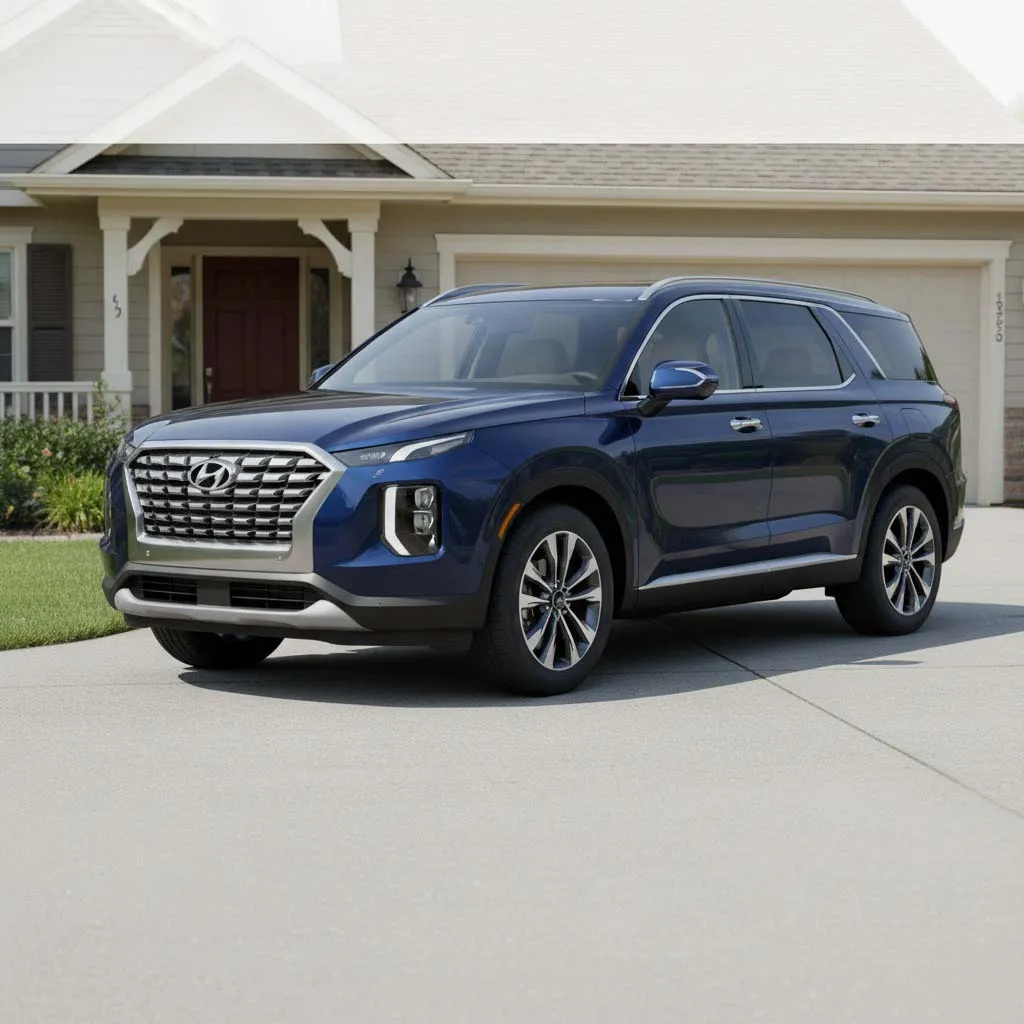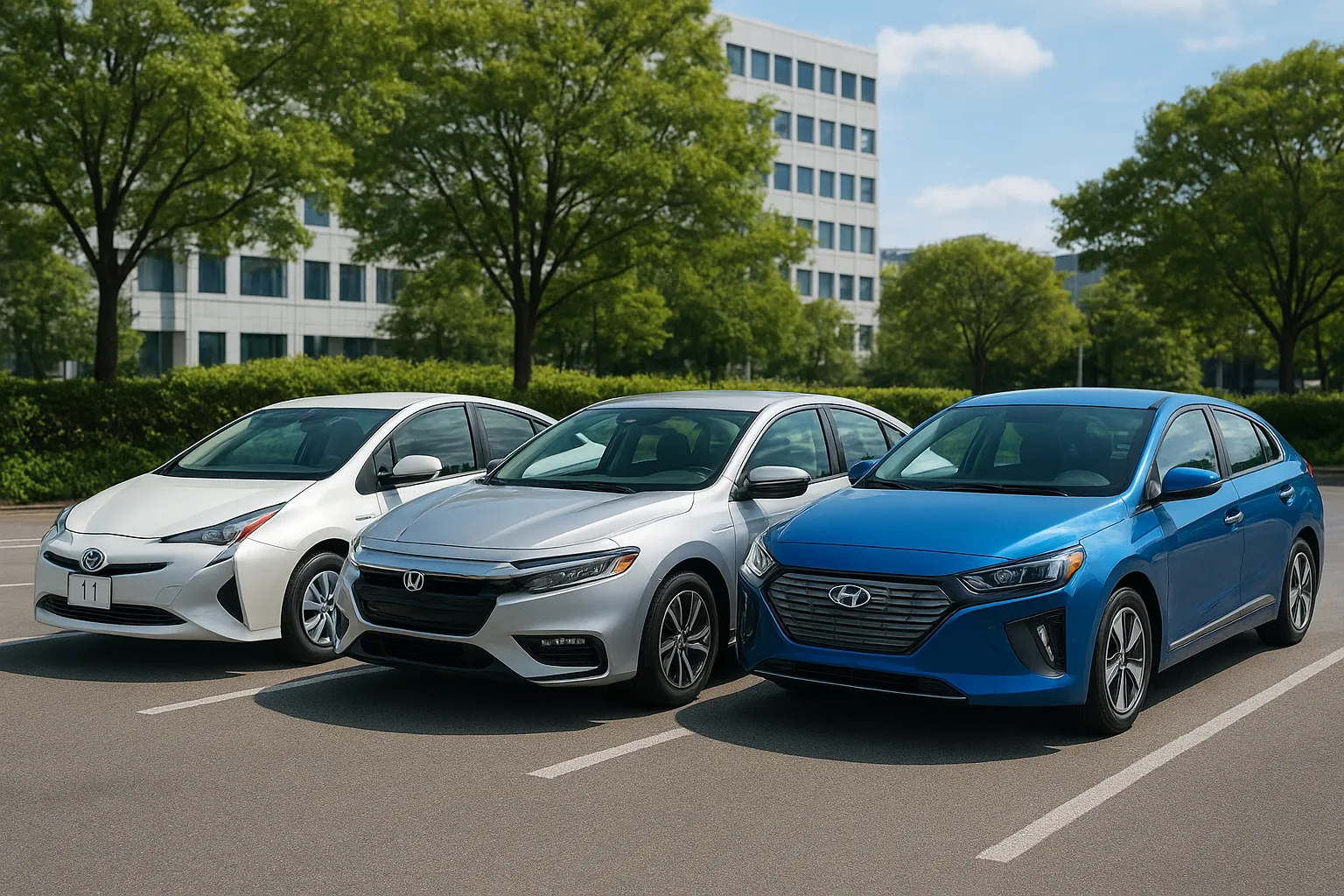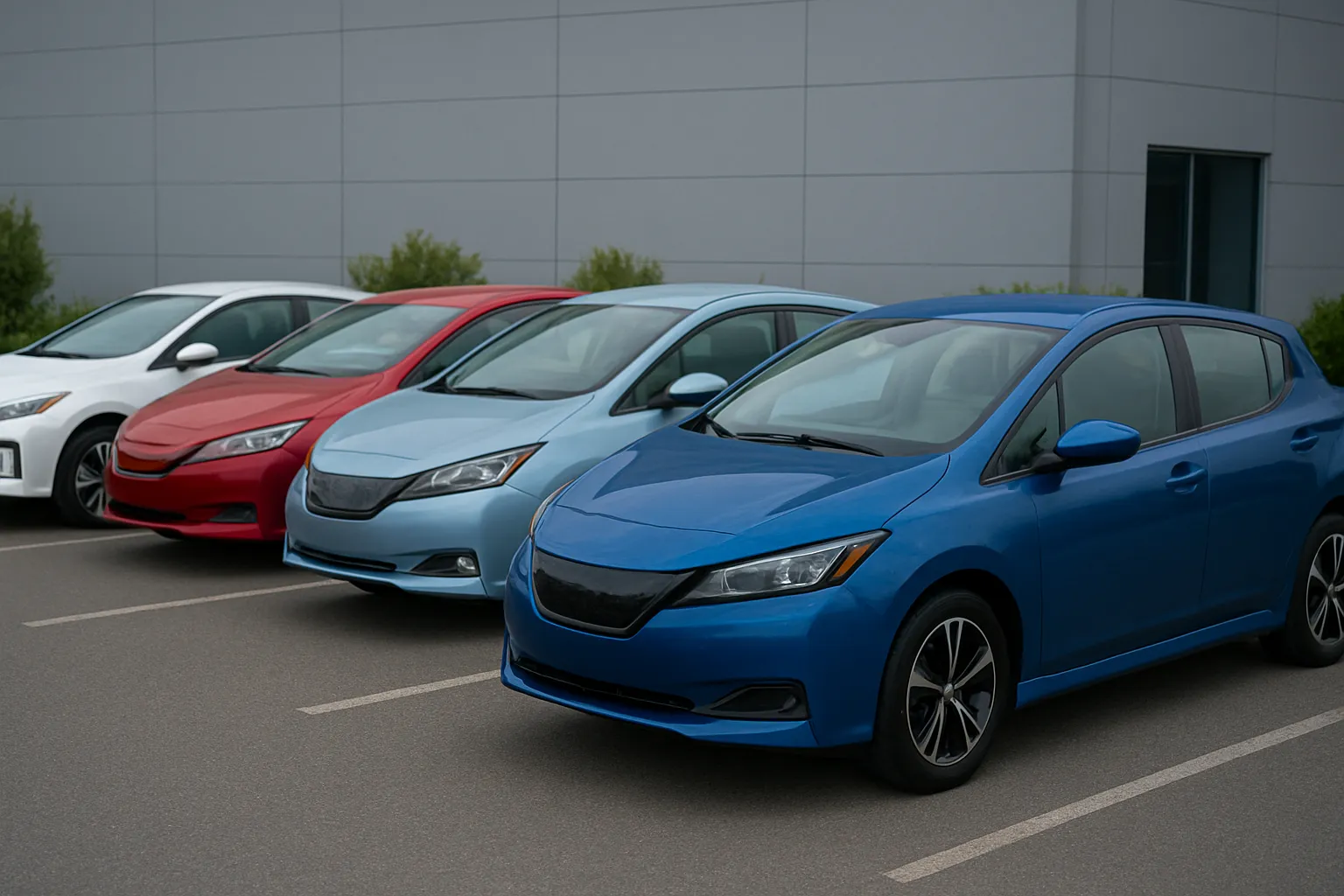High Limit Credit Cards for Bad Credit: How to Rebuild and Access Higher Limits
Having a low credit score can feel like a locked door when you need financial flexibility. If you’ve struggled with late payments, defaults, or high debt ratios, getting approved for new credit - especially cards with high limits - can be difficult. The good news is that while it takes time and planning, you can qualify for high limit credit cards for bad credit. This article will walk you through the journey step by step: understanding your current situation, using the right tools, building trust with lenders, and gradually earning higher credit limits.

Understanding the Challenge of Bad Credit
Before you can reach your goal, you need to know what you’re up against. Credit scores range from 300 to 850. Anything below 580 is considered poor, which makes lenders view you as a high-risk borrower.
This perception means banks are less likely to approve you for large credit lines. If they do approve you, they usually offer low limits, higher interest rates, and stricter terms. Understanding this reality helps you set the right expectations at the start.
It’s important to remember: credit score recovery is a marathon, not a sprint. Patience and consistency will be your biggest allies as you aim for high limit credit cards despite a rocky credit history.
Evaluating Your Credit Situation First
Before applying for any card, you need a clear picture of your current credit status. Start by pulling your credit report from the three major credit bureaus: Equifax, Experian, and TransUnion. You’re entitled to one free report from each bureau per year.
Review the reports closely. Look for errors, outdated accounts, or unfamiliar accounts that could be signs of identity theft. Dispute any mistakes you find, as they can drag your score down unnecessarily.
Also, check your credit utilization - the percentage of your available credit that you’re currently using. Lower utilization (below 30%) signals to lenders that you manage credit responsibly and can boost your score over time.
Starting With Secured Credit Cards
When your credit is poor, one of the easiest ways to get approved is by using a secured credit card. These cards require a refundable deposit that acts as your credit limit. For example, if you deposit $500, your credit limit will likely be $500.
Why this matters: Secured cards report your payment activity to credit bureaus. If you pay on time and keep your balance low, your credit score will improve steadily over time. That positive history will help you qualify for high limit credit cards later.
Recommended Secured Cards
- Discover it Secured Credit Card – Offers cashback rewards and a path to upgrade to an unsecured card.
- Capital One Platinum Secured Credit Card – Requires a low minimum deposit and reports to all three bureaus.
While these cards start with low limits, they are your stepping stone to larger credit lines.
Transitioning to Unsecured Credit Cards
Once your credit score improves to the fair range (580–669), you can begin applying for unsecured credit cards. These don’t require a deposit and often come with higher starting limits.
Your payment history is the single biggest factor influencing your credit score. Making consistent, on-time payments is the fastest way to prove to lenders that you’re trustworthy enough for high limit credit cards.
Best Practices
- Always pay at least the minimum amount by the due date.
- Pay your balance in full each month to avoid interest.
- Keep your utilization below 30% of your available credit.
Responsible behavior will be rewarded with gradual credit limit increases over time.
Using Credit Builder and Store Cards Strategically
Another way to build credit is through credit builder cards or retail store cards. These are typically easier to get approved for even with bad credit, though they often come with lower starting limits.
Pros: Easier approval, reports to credit bureaus, helps build your payment history.
Cons: Higher interest rates, lower initial limits, limited use outside the store.
If you use these cards responsibly, many issuers will review your account after 6 to 12 months and offer a limit increase. This slow and steady progress can move you closer to qualifying for high limit credit cards.
Requesting Credit Limit Increases Over Time
Once you’ve held a card for several months and have shown responsible usage, you can request a credit limit increase. This is a key strategy to grow your available credit even if your score is still recovering.
How to Improve Your Chances
- Make at least six months of on-time payments.
- Keep your balance low (under 30% utilization).
- Update your income information with your credit card issuer.
Most issuers allow you to request increases through their website or app. Approved increases will directly help you achieve your goal of having high limit credit cards despite starting with bad credit.
Considering Co-Signed or Joint Credit Cards
If you have a close friend or family member with good credit, you might ask them to co-sign for a credit card or apply as joint account holders. This can help you qualify for a card with a higher starting limit than you could get on your own.
However, this comes with serious responsibility. Any missed payments will affect both of your credit scores, and the co-signer is legally responsible for your debt. Make sure trust and communication are strong before choosing this route toward high limit credit cards.
Leveraging Authorized User Status
Another effective shortcut is becoming an authorized user on someone else’s credit card account. When you’re added as an authorized user, their positive payment history can appear on your credit report.
Benefits
- Immediate boost to your credit history.
- No legal responsibility for paying the debt.
- Improves your odds of approval for your own cards later.
This tactic can speed up your journey to high limit credit cards for bad credit by giving your credit profile a boost even before you apply for your own new cards.
Exploring Subprime Credit Cards With Higher Limits
Some credit card issuers specialize in products for consumers with poor credit. These are called subprime credit cards. They may offer higher limits than typical starter cards but usually come with higher fees and interest rates.
Examples of Subprime Cards
- Avant Credit Card – No security deposit, reports to all credit bureaus.
- Mission Lane Visa Credit Card – Regular credit limit reviews, fast application process.
- Indigo Platinum Mastercard – Specifically designed to help rebuild credit.
If you read the fine print carefully and avoid carrying high balances, these cards can help bridge the gap to traditional high limit credit cards.
Maintaining Good Habits to Keep High Limits
Reaching higher credit limits is just the beginning. Maintaining them requires consistent discipline. Lenders can lower your credit limit if they see risky behavior like missed payments or maxed-out cards.
Golden Rules for Long-Term Success
- Always pay your bills on time. Consider setting up autopay.
- Keep your balance well below 30% of your available credit.
- Avoid applying for too many new accounts at once.
- Review your credit reports regularly for errors.
These habits will not only protect your existing credit limits but can also open the door to premium rewards cards and better financial opportunities.
Conclusion
Getting approved for high limit credit cards for bad credit is challenging, but absolutely possible with the right strategy and discipline. Start with secured cards, build trust through consistent payments, transition to unsecured cards, request limit increases, and continue practicing strong financial habits.
With patience, persistence, and smart planning, you can repair your credit profile and unlock the benefits of higher credit limits - lower interest rates, better rewards, and more financial flexibility for the future.


